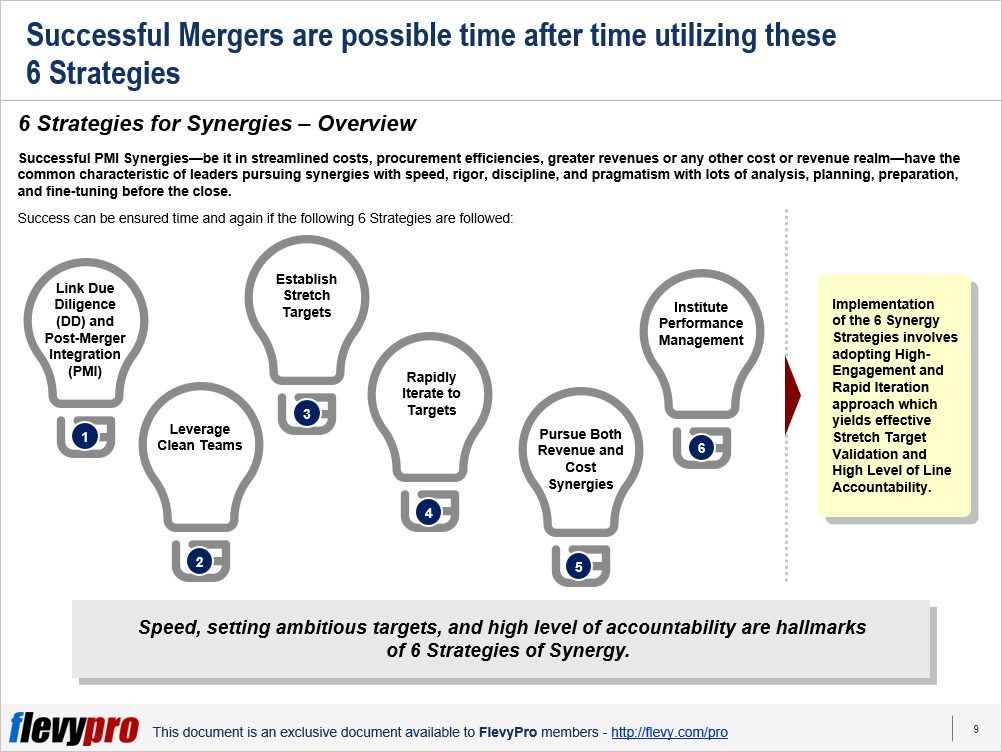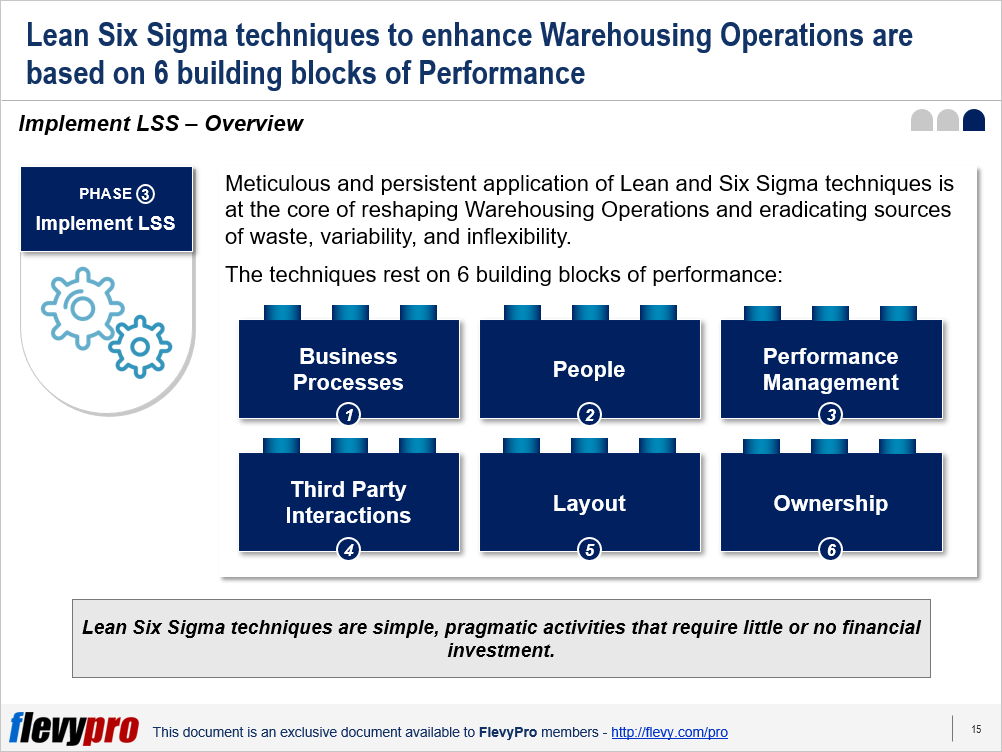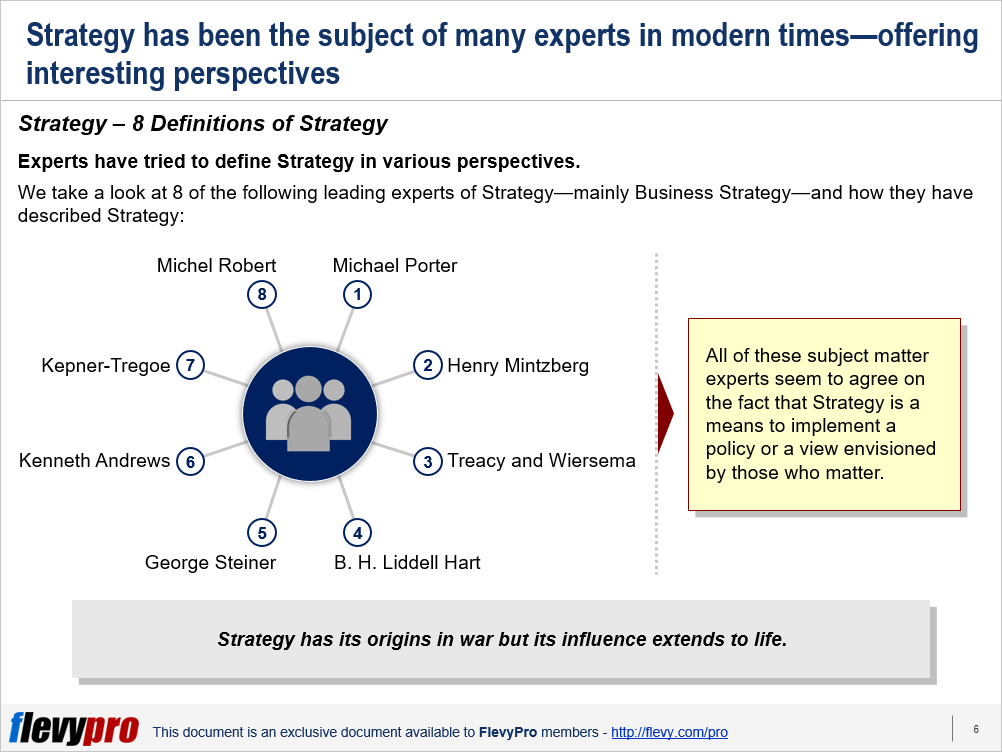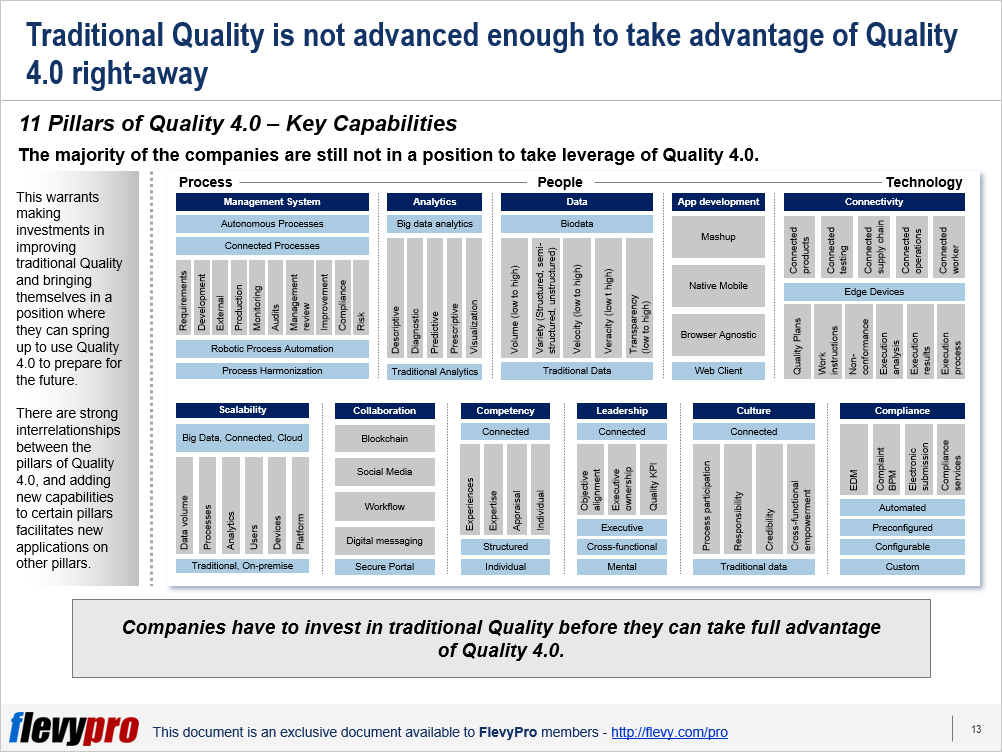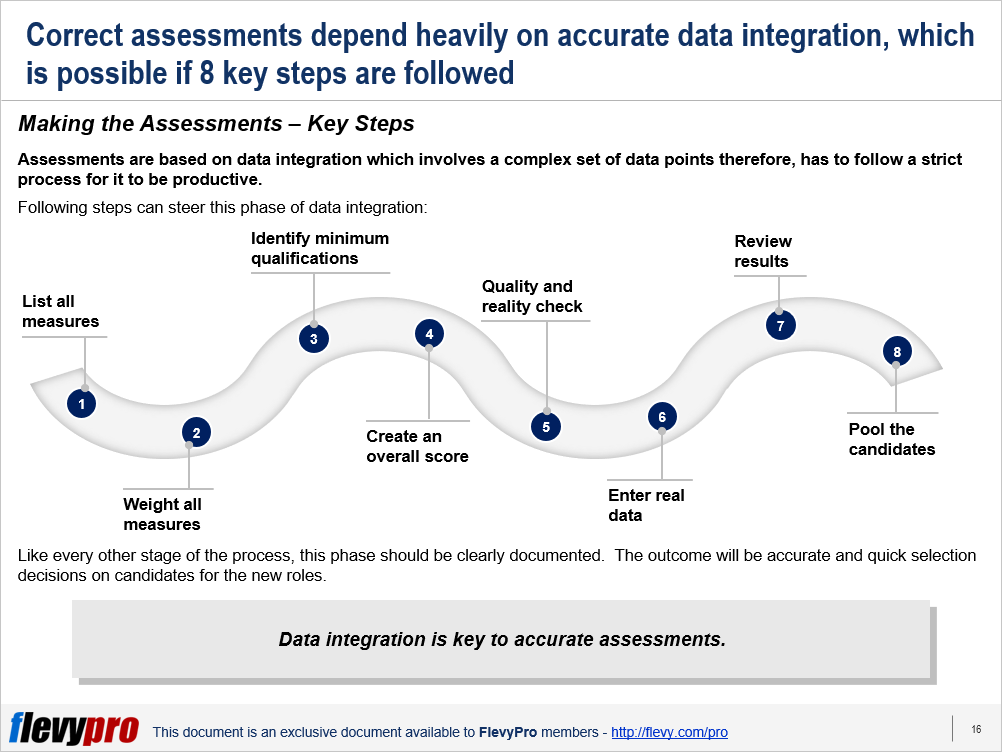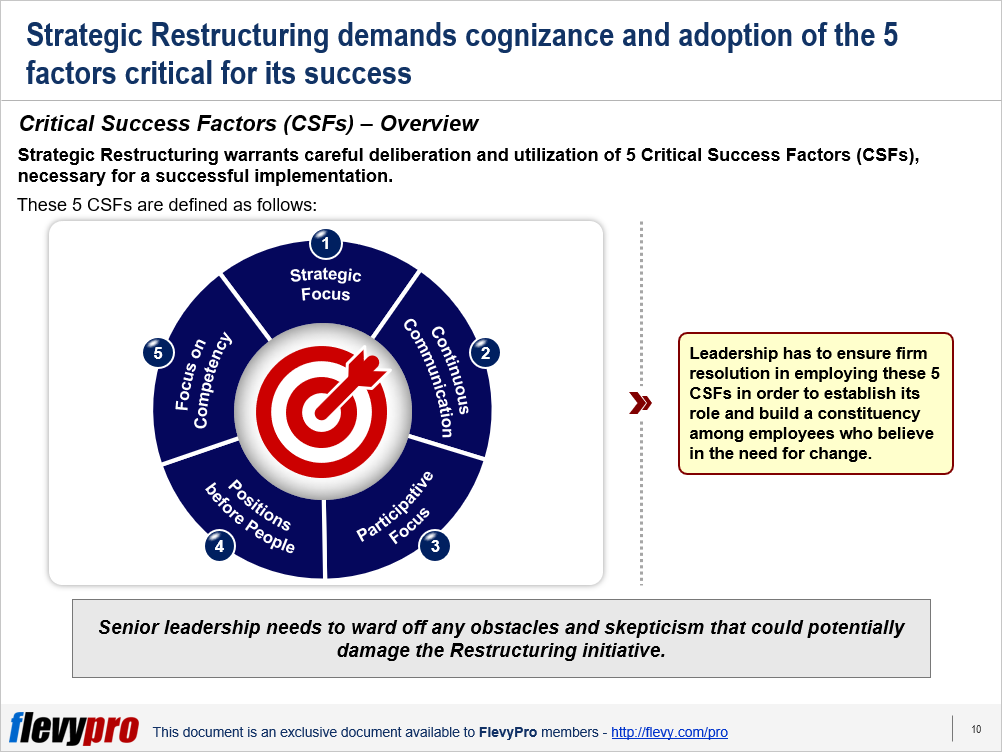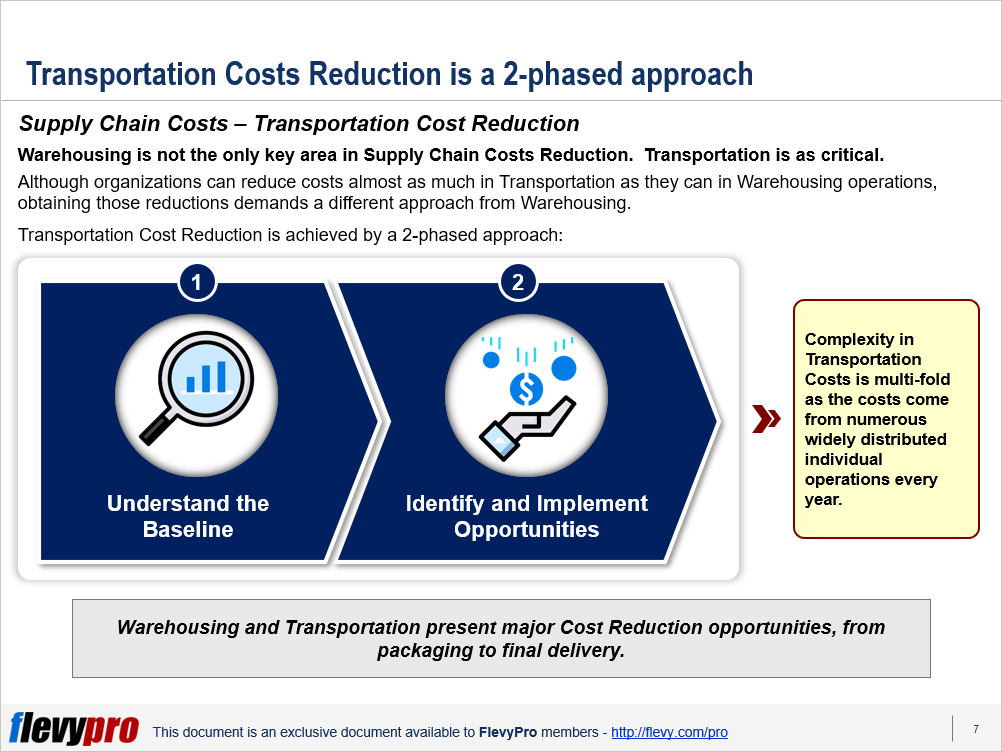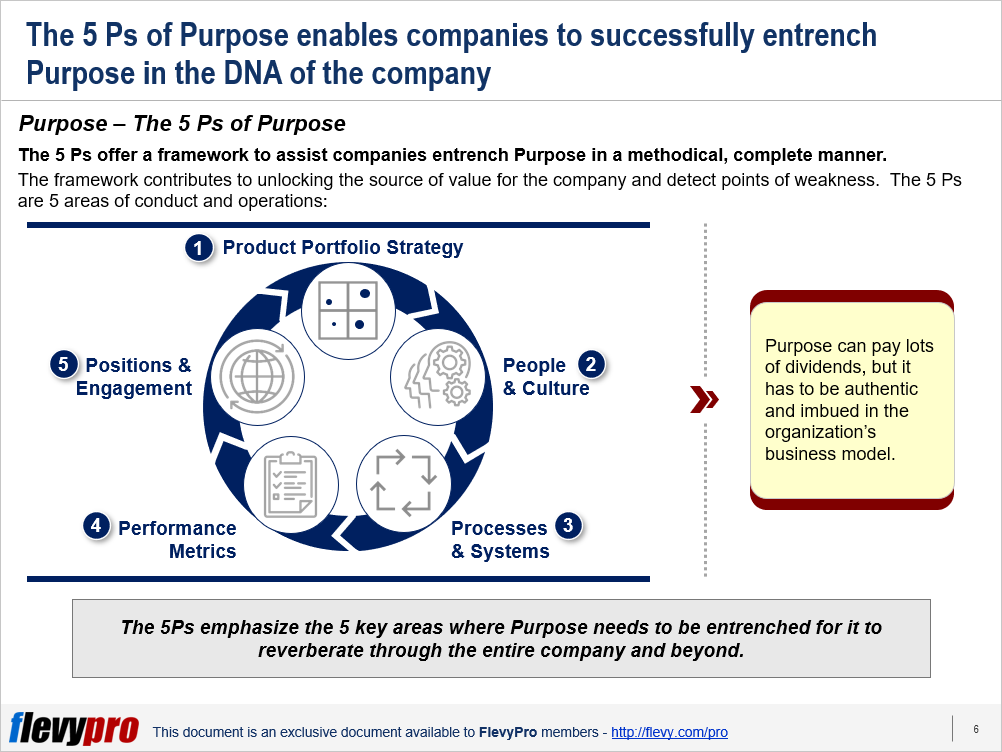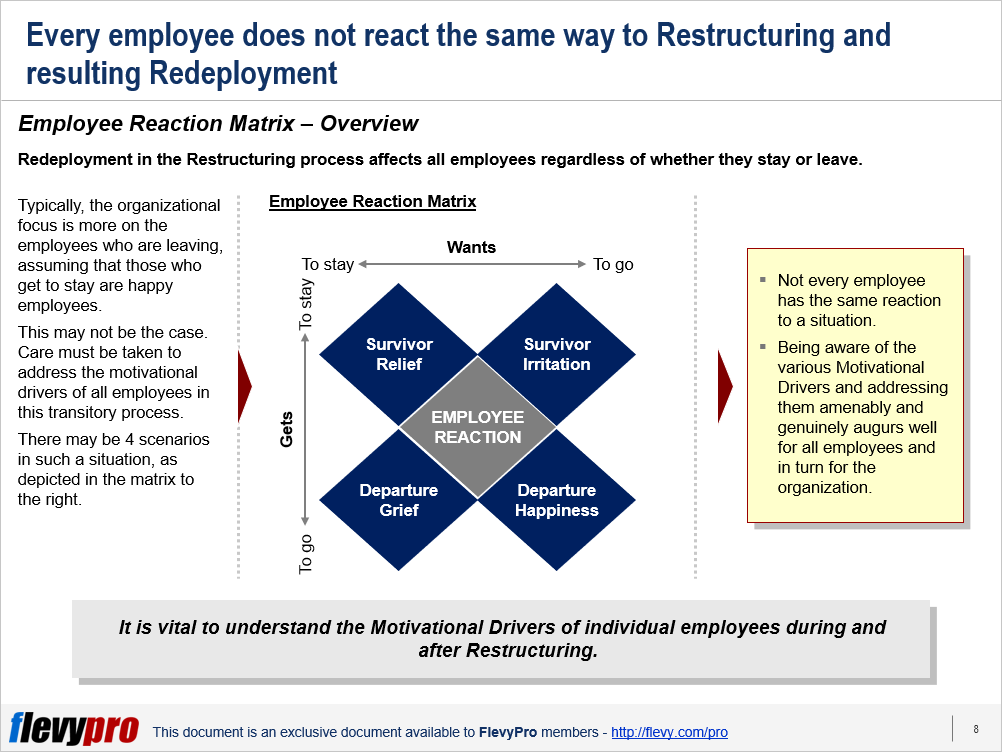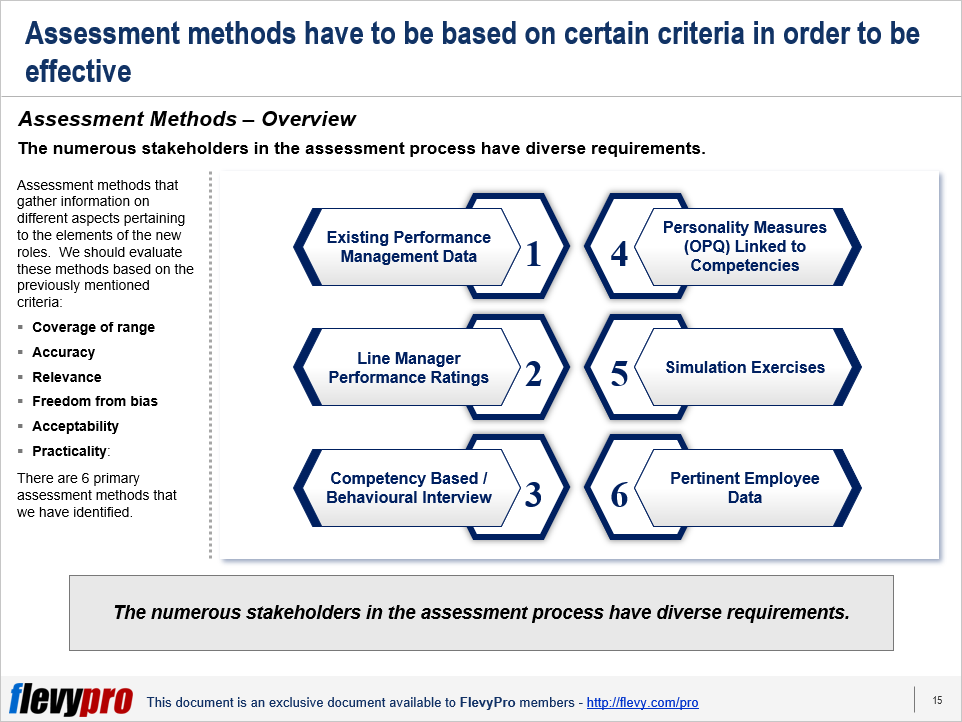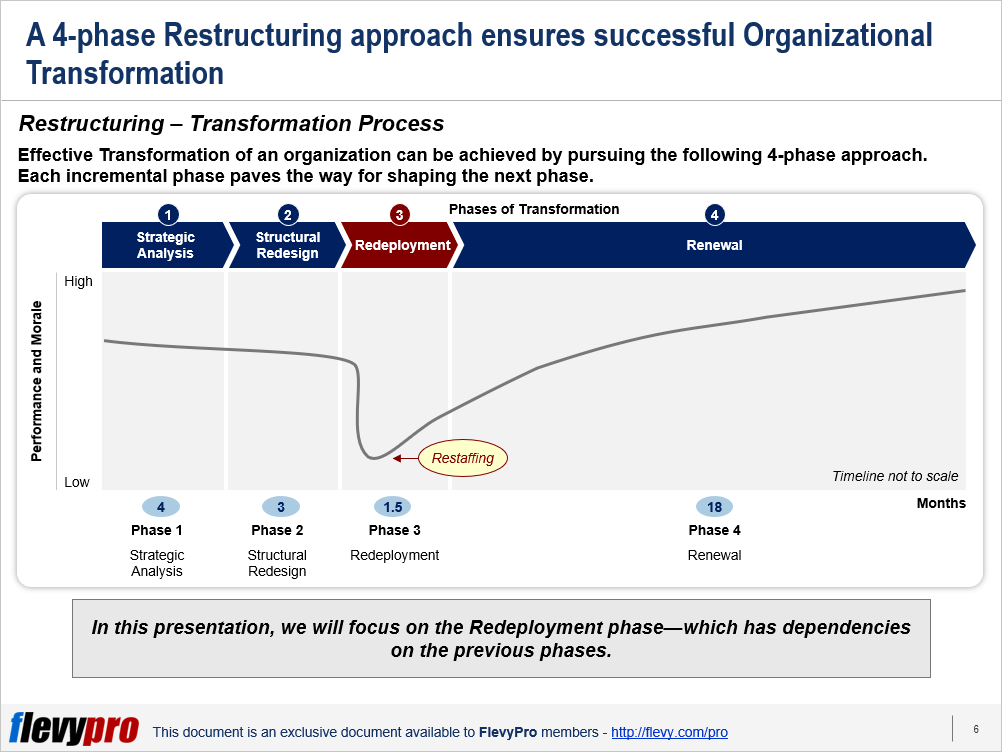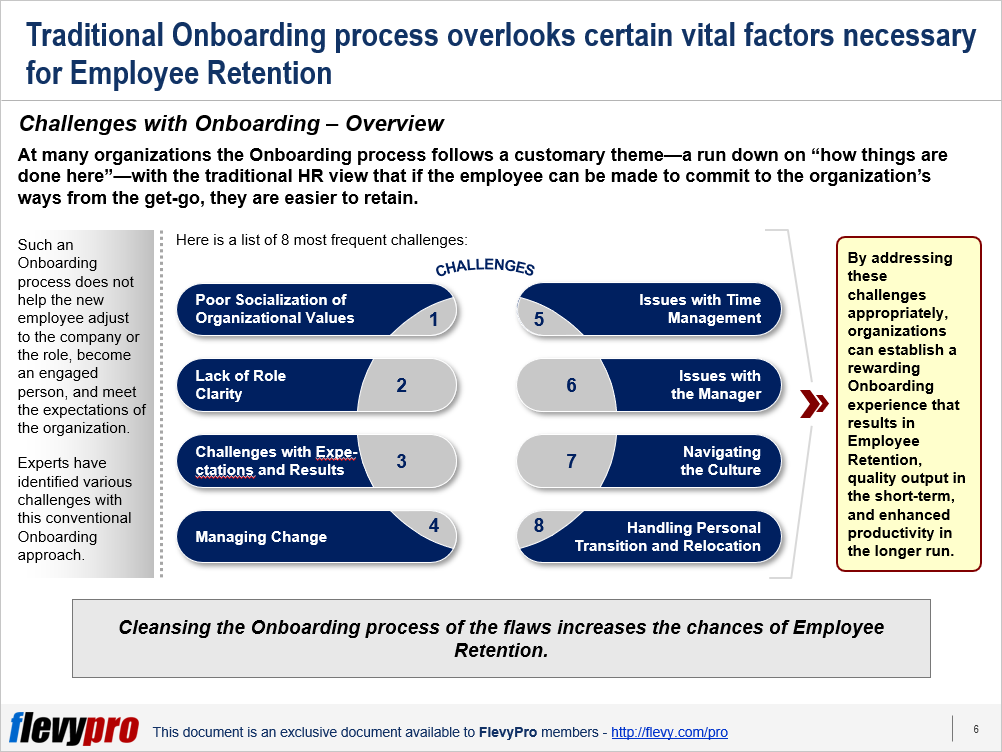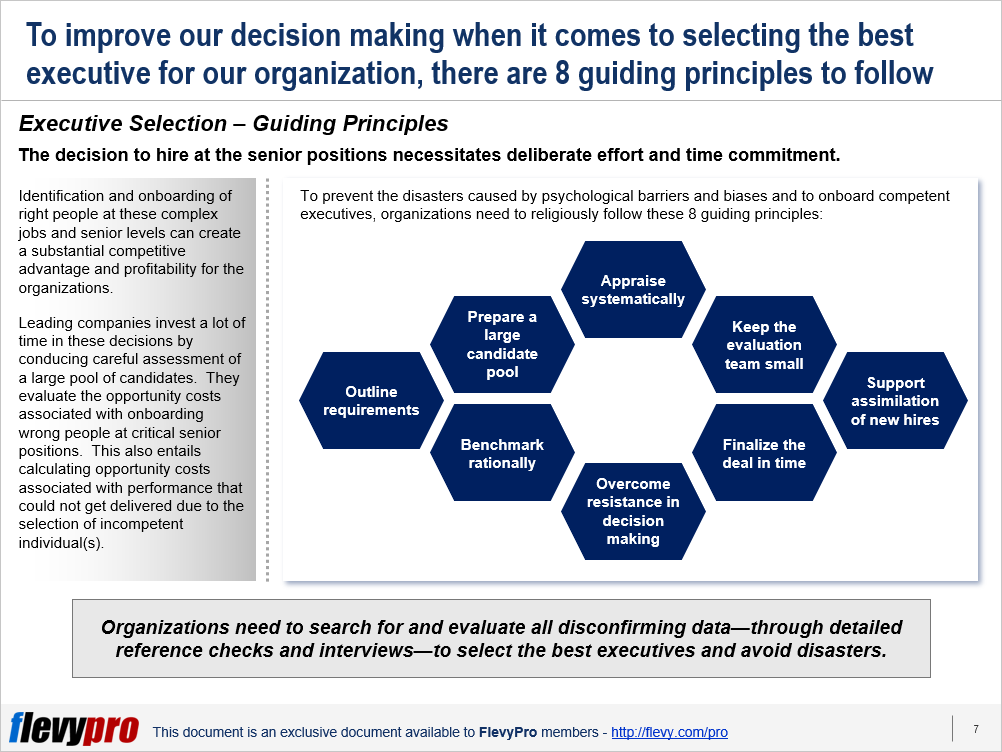A significant number of Mergers remain unsuccessful, because companies do not employ a thorough and disciplined approach to realizing Post-Merger Integration Synergies. In reasons for failure, we hear remarks like:
- Targets were set several months earlier by the top management without consulting the line managers, or taking ground realities into consideration.
- Assumption base for setting targets was untested.
- Targets were met but the timeframe for achieving them made them ineffective—in terms of diminished returns, shareholder disappointment, or depressed share value.
- Desired Synergies were achieved but at a very high cost or fairly weakened morale.
A disciplined and rational approach to pursuing Merger Synergies is key to successful Post-Merger Integration (PMI). Companies that authenticate and set pragmatic yet ambitious Post-Merger Integration Synergy targets do the following to exceed targets and achieve substantial share price premium and a significant Competitive Advantage:
- Advise Integration Leaders on how to aim high.
- Give managers—responsible for achieving targets—a say in target-setting process.
- Create detailed plans with built-in accountabilities.
- Pursue their targets aggressively.
Successful PMI Synergies—be it in Cost Optimization, Strategic Sourcing, Greater Revenues or any other Cost or Revenue realm—have the common characteristic of leaders pursuing synergies with speed, rigor, discipline, and pragmatism with lots of analysis, planning, preparation, and fine-tuning before the close.
Success can be ensured time and again if the 6 Strategies for Post-Merger Integration Synergies are followed to the letter:
- Link Due Diligence (DD) and Post-Merger Integration (PMI)
- Leverage Clean Teams
- Establish Stretch Targets
- Rapidly Iterate to Targets
- Pursue Both Revenue and Cost Synergies
- Institute Performance Management
Implementation of the 6 Synergy Strategies involves adopting High-Engagement and Rapid Iteration approach which yields effective Stretch Target Validation and High Level of Line Accountability.
Let us delve a little deeper into 2 of these PMI Synergy Strategies.
Link Due Diligence (DD) and Post-Merger Integration (PMI)
Linking DD to PMI ensures realistic estimates on part of the DD team thus avoiding formulation of broad-brushed and imprecise Synergies. Linking also guarantees greater amount of ownership and accountability at the same time enabling more compelling Stretch Targets. Linking of DD to PMI is necessary because:
- Under pressure to complete the M&A, Due Diligence teams frame assumptions with little knowledge of the levers influencing Synergies or the challenges involved in achieving them.
- Due Diligence teams typically project more value in Cost Reduction and enhanced Revenues based on erroneous assumptions—without taking into account either the Operating Model (of the former entities and the freshly created one) or the difference / overlap in Customer Base.
Successful Mergers ensure a harmonized hand-off from Due Diligence teams to Integration Planning teams by ensuring the following:
- Placing members of the Mergers and Acquisition team on the Post-Merger Integration (PMI) team to produce a greater degree of ownership and continuity.
- Involving Business Unit Heads in target setting at the Due Diligence stage and ensuring ownership and accountability.
- Linking of Due Diligence and PMI to enable setting of more profound Stretch Targets.
- Analyzing and detailing drivers of saving at a high-level for creating Synergy Targets and Ranges which make later improvements possible based on subsequent information. These targets and ranges enable evaluation of potential gains from new company’s Operating Model.
Leverage Clean Teams
Clean team is an independent group that is tasked with the collection and analysis of sensitive company data—pre-closure—with the guidance of management. Clean team may comprise of third-party members or employees who can be reassigned out of business in case of deal failure eradicating the risk of compromising confidential information. Clean team is formed by legal contract based on protocols agreed to by both company’s legal departments. Clean teams help by:
- Accelerating PMI planning.
- Enabling the acquiring company to have a clearer picture of the target company without violating anti-trust regulation or confidentiality agreements.
- Assessing risks and enabling companies to achieve Synergies faster.
- Keeping sensitive information of both sides safe—pre-closure—yet embark on planning and preparation even before close in order to save precious time and keep customer confidence high.
- Aiding companies accomplish 3 core integration activities before closing—compiling wide-range baseline data, vetting Synergy targets, and preparing options for key decisions.
- Empowering companies to avoid / diminish confusion caused by overlap in client assignments and sales people.
- Assisting provision of clear information to customers regarding products and services thus avoiding drop in sales.
Interested in learning more about the 6 Strategies for Post-Merger Integration Synergies? You can download an editable PowerPoint on Post-Merger Integration (PMI): 6 Strategies for Synergies here on the Flevy documents marketplace.
Want to Achieve Excellence in Post-merger Integration (PMI)?
Gain the knowledge and develop the expertise to become an expert in Post-merger Integration (PMI). Our frameworks are based on the thought leadership of leading consulting firms, academics, and recognized subject matter experts. Click here for full details.
M&A is an extremely common strategy for growth. M&A transactions always look great on paper. This is why the buyer typically pays a 10-35% premium over the of the target company's market value.
However, when it comes time for the Post-merger Integration (PMI), are we really able to capture the expected value? Studies show only 20% of organizations capture projected revenue synergies and only 40% capture cost synergies. Not to mention, the PMI process is typically very painful, drawn out, and politically charged, often resulting in the loss of key personnel.
Learn about our Post-merger Integration (PMI) Best Practice Frameworks here.
Do You Find Value in This Framework?
You can download in-depth presentations on this and hundreds of similar business frameworks from the FlevyPro Library. FlevyPro is trusted and utilized by 1000s of management consultants and corporate executives. Here’s what some have to say:
“My FlevyPro subscription provides me with the most popular frameworks and decks in demand in today’s market. They not only augment my existing consulting and coaching offerings and delivery, but also keep me abreast of the latest trends, inspire new products and service offerings for my practice, and educate me in a fraction of the time and money of other solutions. I strongly recommend FlevyPro to any consultant serious about success.”
– Bill Branson, Founder at Strategic Business Architects
“As a niche strategic consulting firm, Flevy and FlevyPro frameworks and documents are an on-going reference to help us structure our findings and recommendations to our clients as well as improve their clarity, strength, and visual power. For us, it is an invaluable resource to increase our impact and value.”
– David Coloma, Consulting Area Manager at Cynertia Consulting
“FlevyPro has been a brilliant resource for me, as an independent growth consultant, to access a vast knowledge bank of presentations to support my work with clients. In terms of RoI, the value I received from the very first presentation I downloaded paid for my subscription many times over! The quality of the decks available allows me to punch way above my weight – it’s like having the resources of a Big 4 consultancy at your fingertips at a microscopic fraction of the overhead.”
– Roderick Cameron, Founding Partner at SGFE Ltd
